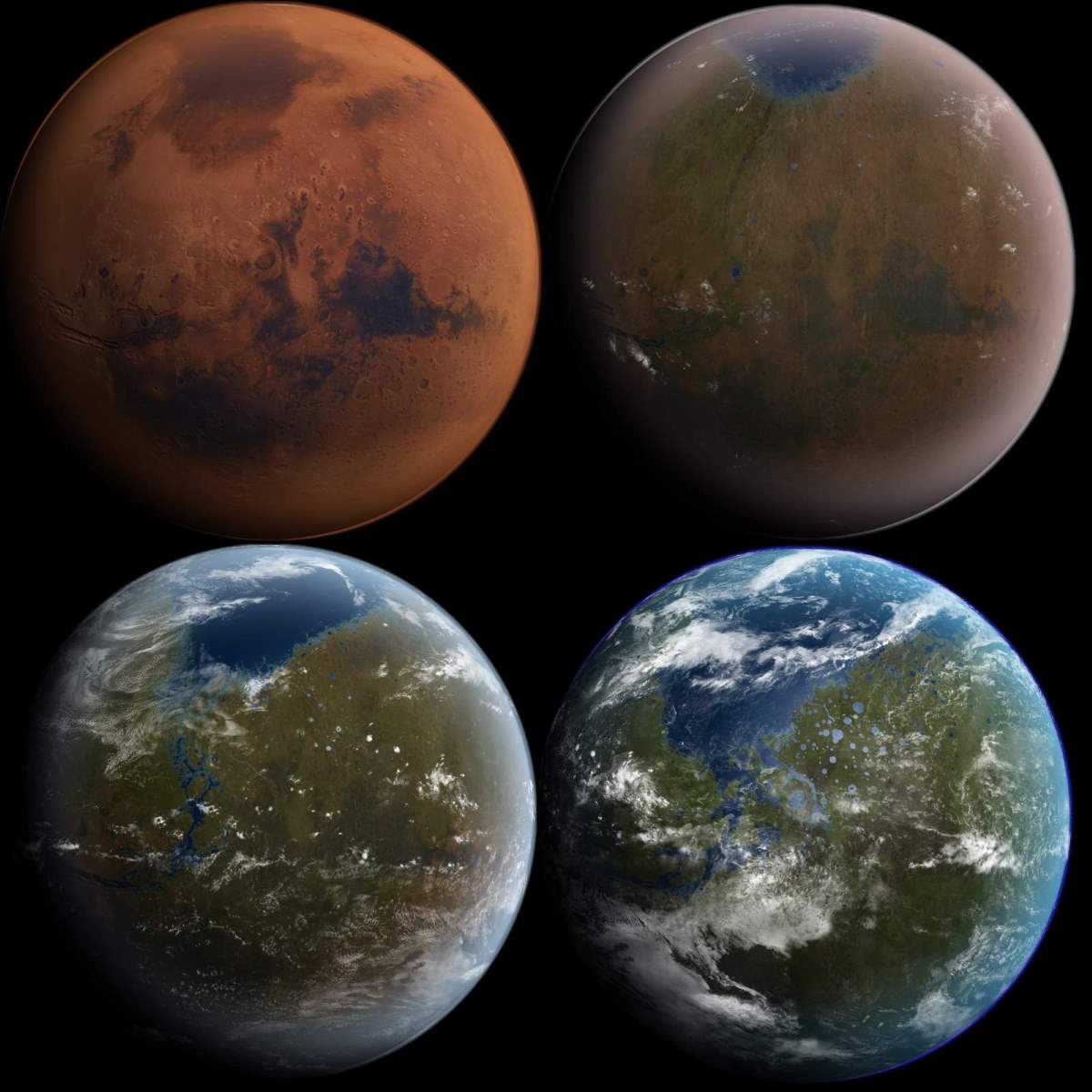Elon Musk, the founder, CEO, and Lead Designer of the private space travel company SpaceX announced that “they are planning to get humans to Mars in six years”. In order to achieve this goal, Musk revealed the Interplanetary Transport System, which aims to reach Mars with a human crew for the first time in history.
Interplanetary Transport System
The booster will have a diameter of 12 meters (40 feet), the spaceship diameter will be 17 meters (56 feet). The booster and the “interplanetary module” on top of
There will be two main components of the system: SpaceX’s new rocket, the BFR, or “Big Fragging Rocket” and the company’s interplanetary spaceship, the BFS, or “Big Fracking Spaceship”.The name was coined by Musk personally in reference to the BFG 9000 (Big Fragging Gun) from the 1993 video game Doom.
The selected fuel type is deep-cryo methalox for 42 Raptor engines (SpaceX’s next-generation rocket engine) on the booster and 9 on the spacecraft (total of 51). The Raptor engine has about 500,000 pounds of thrust. Mask has said that the BFR will have 28,730,000 pounds of thrust at liftoff. The current Falcon 9 generates 1.7 million pounds of thrust at liftoff and uses nine “Merlin” engines.
The stages of Mars travel will be as follow:
- Liftoff (from the Apollo 11 launch pad at Cape Canaveral, Florida).
- The rocket will reach 3500+ km/h (2200+ mph) before leaving the Earth’s atmosphere.
- Separation: the spaceship heads to parking orbit, while booster heads back to Earth.
- The booster lands on the launch mount.
A propellant tanker is loaded onto the booster.- Refueling of the spaceship in orbit.
- Tanker returns to Earth.
- Spaceship departs for Mars.
- Solar arrays of spaceship deploy (the supplies 200 kW of power).
- Interplanetary coast at 100,800 km/h (62,634 mph).
- Mars entry.

Related: Terraforming Mars – why it’s so hard
The Mars colony envisioned by Musk would start small, with an initial group of fewer than ten people. With time, Musk hopes that such an outpost could grow into something much larger and become self-sustaining, at least 1 million people.
According to Musk, “…even at a million people you’re assuming an incredible amount of productivity per person because you would need to recreate the entire industrial base on Mars. You would need to mine and refine all of these different materials, in a much more difficult environment than Earth. There would be no trees growing. There would be no oxygen or nitrogen that are just there. No oil.”
“Excluding organic growth, if you could take 100 people at a time, you would need 10,000 trips to get to a million people,” he said. “But you would also need a lot of cargo to support those people. In fact, your cargo-to-person ratio is going to be quite high. It would probably be 10 cargo trips for every human trip, so more like 100,000 trips. And we’re talking 100,000 trips of a giant spaceship.” The average trip time to Mars would be 115 days.

Musk has stated that an aspirational price goal for such a trip might be on the order of US $500,000.
Before any people are transported to Mars, a number of cargo missions would be undertaken first in order to transport the requisite equipment, habitats, and supplies.
Equipment that would accompany the early groups would include “machines to produce fertilizer, methane, and oxygen from Mars’ atmospheric nitrogen and carbon dioxide and the planet’s subsurface water ice” as well as construction materials to build transparent domes for crop growth.
The video of the Interplanetary Transport System was published less than an hour before Musk was scheduled to detail the system at the International Astronautical Conference in Guadalajara, Mexico on 27 September 2016.
In the video titled “Making Humans a Multiplanetary Species” below, SpaceX founder Elon Mask discusses the long-term technical challenges that need to be solved to support the creation of a permanent, self-sustaining human presence on Mars. The technical presentation focuses on potential architectures for sustaining humans on the Red Planet that industry, government, and the scientific community can collaborate on in the years ahead.
Sources
- Interplanetary Transport System on Wikipedia
- Moon Landings: All-Time List [1966-2025] - February 2, 2025
- What Is Max-Q and Why Is It Important During Rocket Launches? - January 16, 2025
- Top 10 Tallest Rockets Ever Launched [2025 Update] - January 16, 2025



